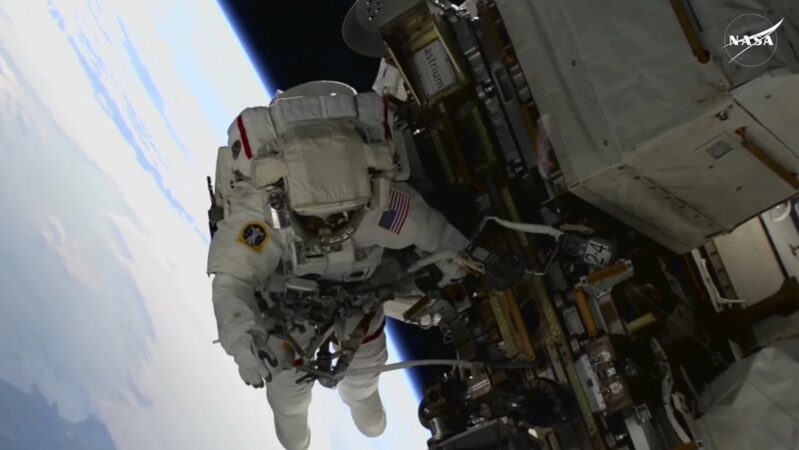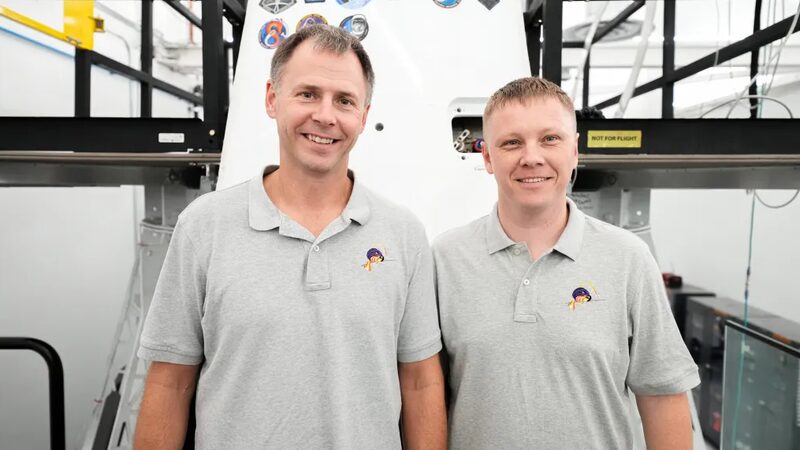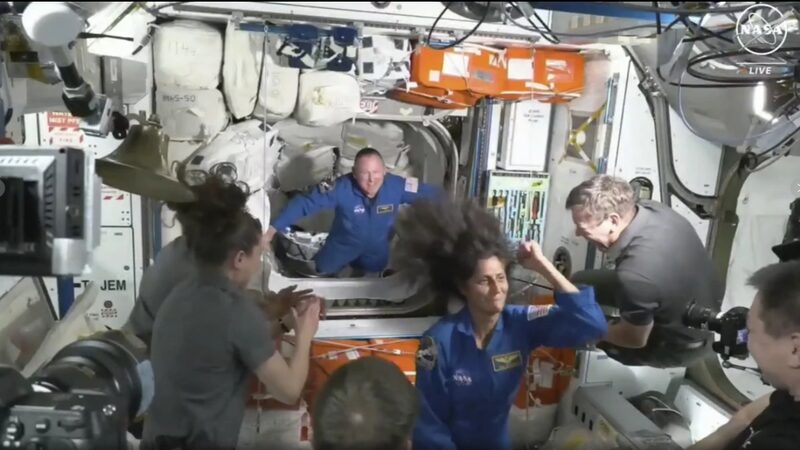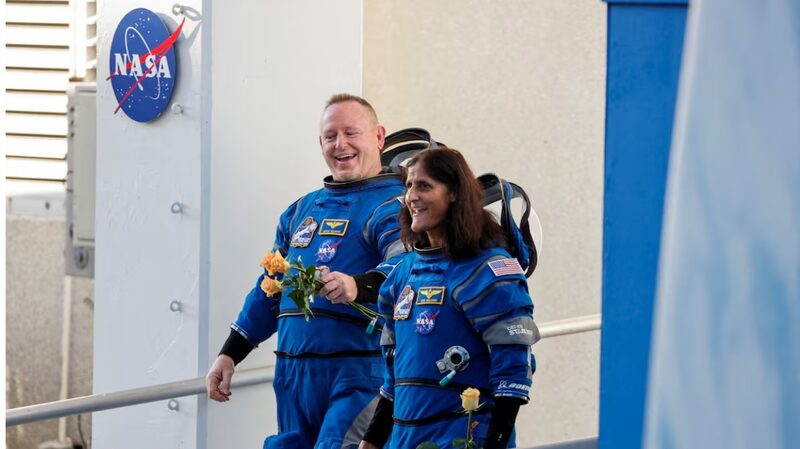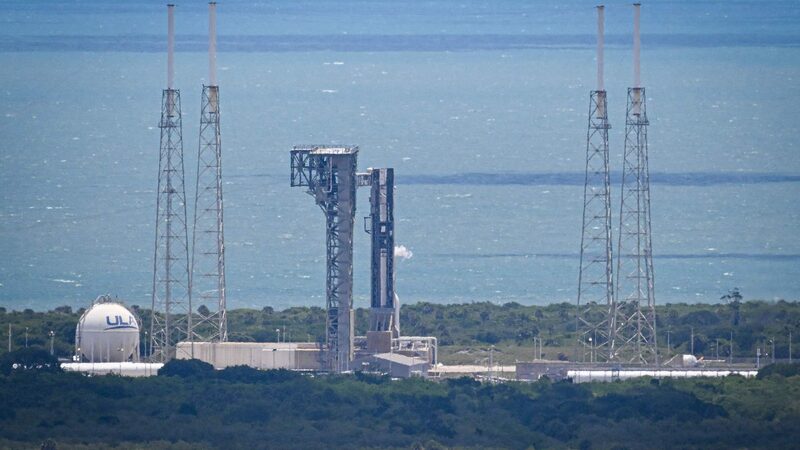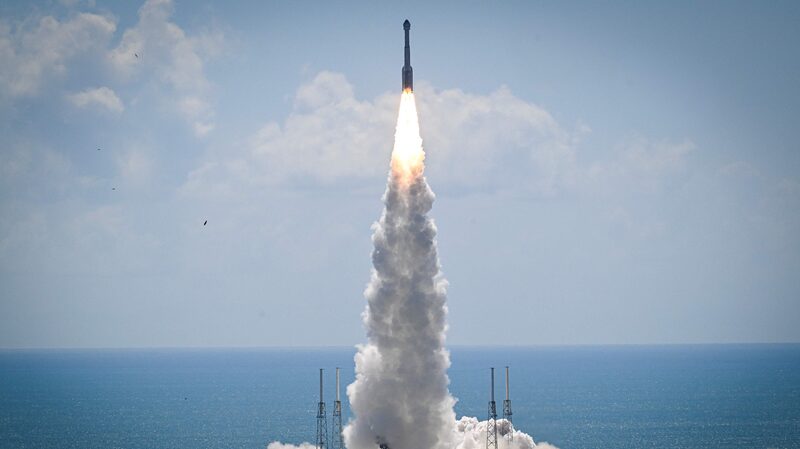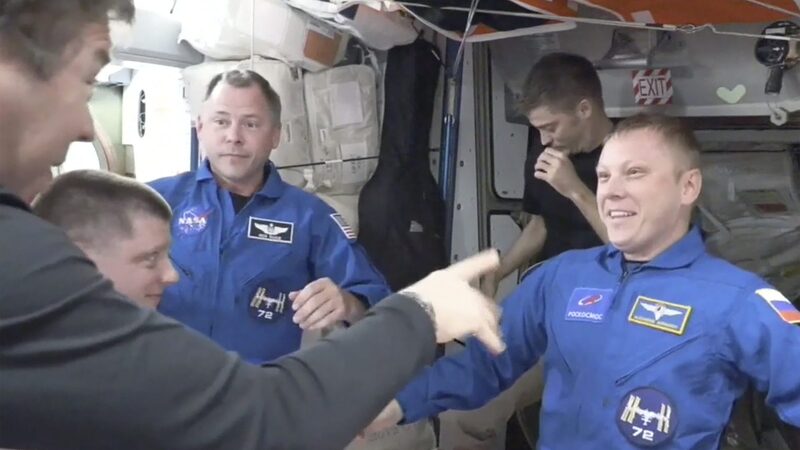In a remarkable feat nearly eight months into their mission, NASA's two stranded astronauts embarked on their first spacewalk together on Thursday, setting a new record and addressing critical maintenance aboard the International Space Station (ISS).
Commander Suni Williams and fellow astronaut Butch Wilmore stepped out into the vast expanse of space, marking their inaugural joint spacewalk since moving into the ISS. Their primary objectives included the removal of a malfunctioning antenna and the inspection of the station's exterior for any microbes that might have survived launch from Earth through ventilation systems.
The task proved challenging when the astronauts encountered difficulties unbolting the stubborn antenna. Determined, Williams and Wilmore worked meticulously for nearly four hours before successfully prying it off. Throughout the operation, Mission Control provided support and cautioned them to remain vigilant for any debris that might float away during the removal process.
Operating 420 kilometers above Earth, Commander Williams achieved a significant milestone by setting a new spacewalking record for female astronauts. This accomplishment not only highlights her dedication and expertise but also serves as an inspiration for women in STEM fields around the globe.
The successful completion of the spacewalk is a testament to the astronauts' resilience and the importance of ongoing maintenance in ensuring the safety and functionality of the ISS. By addressing technical issues and conducting essential inspections, Williams and Wilmore contribute to the longevity of the space station and the advancement of human space exploration.
Their efforts underscore the collaborative spirit and unwavering commitment required for long-duration missions in space. As the astronauts continue their journey, their achievements resonate beyond the confines of the ISS, inspiring people across continents and communities to look toward the stars with curiosity and ambition.
Reference(s):
cgtn.com
